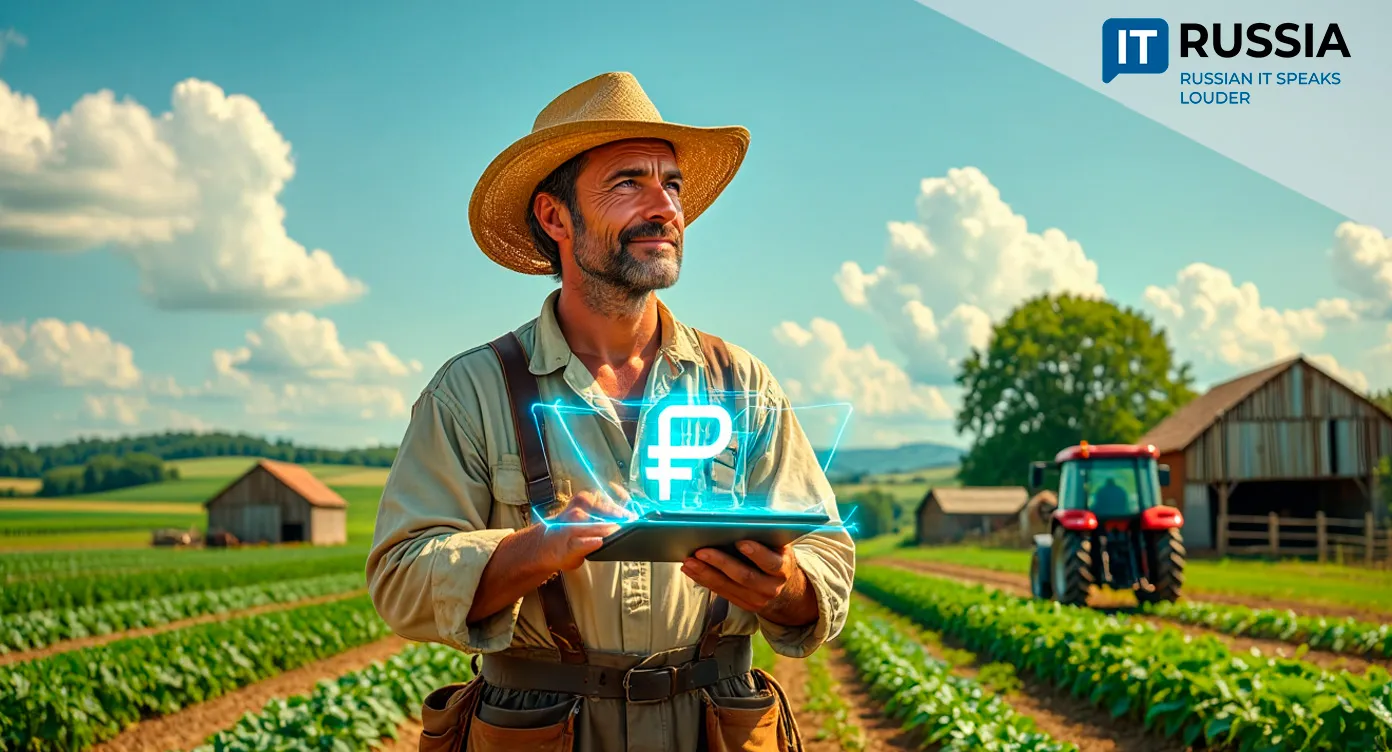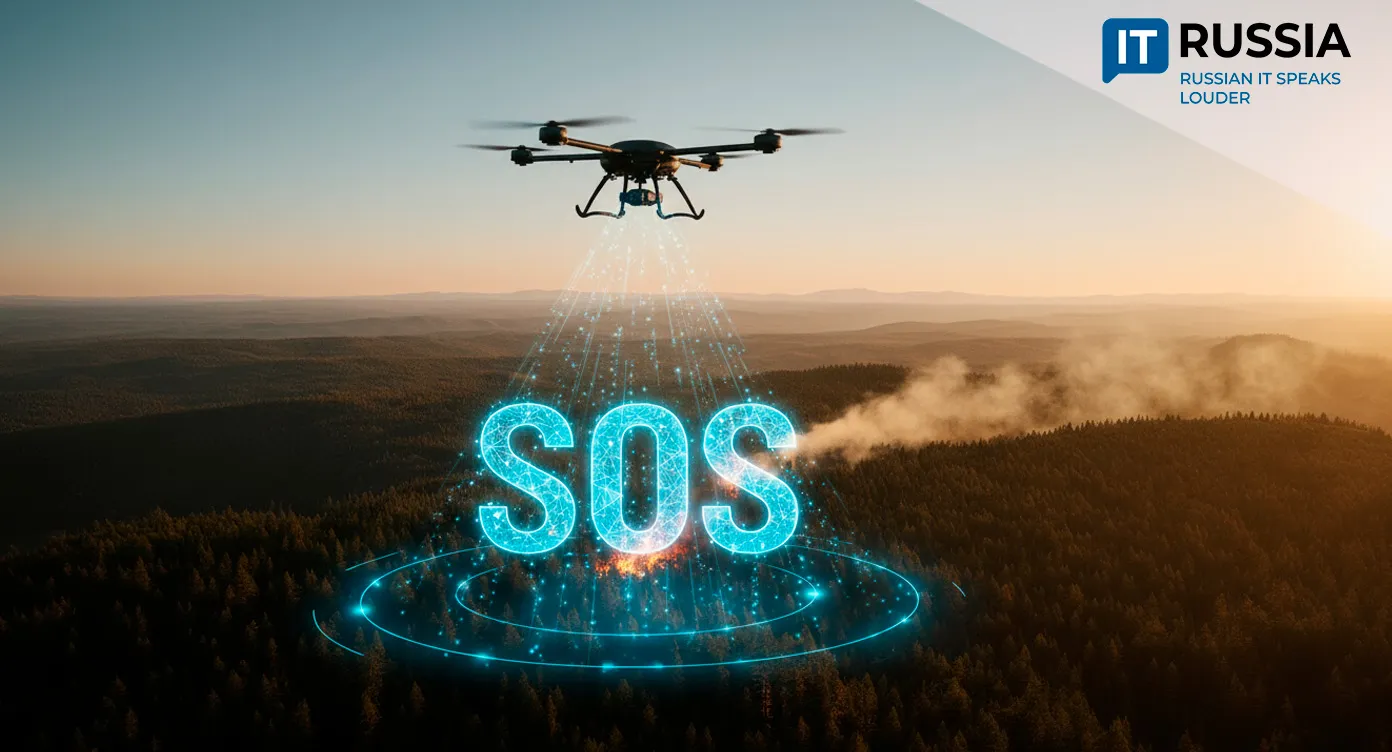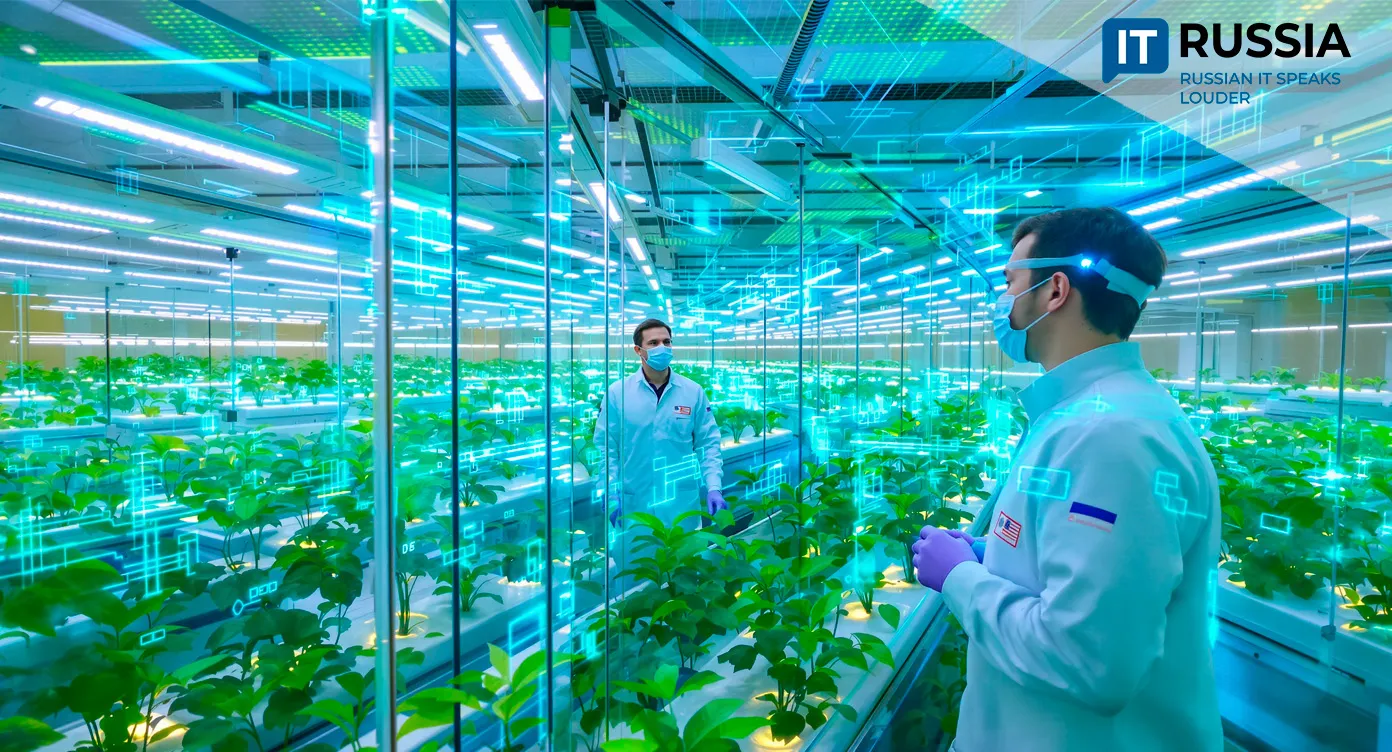Flying for the Berry: Digital Technologies Power Russia’s Smart Sea Buckthorn Farm
A farmer from Russia’s Kaliningrad region is using drones and automation to turn sea buckthorn farming into a high-tech, profitable business model — showing how small farms can thrive through digital transformation.
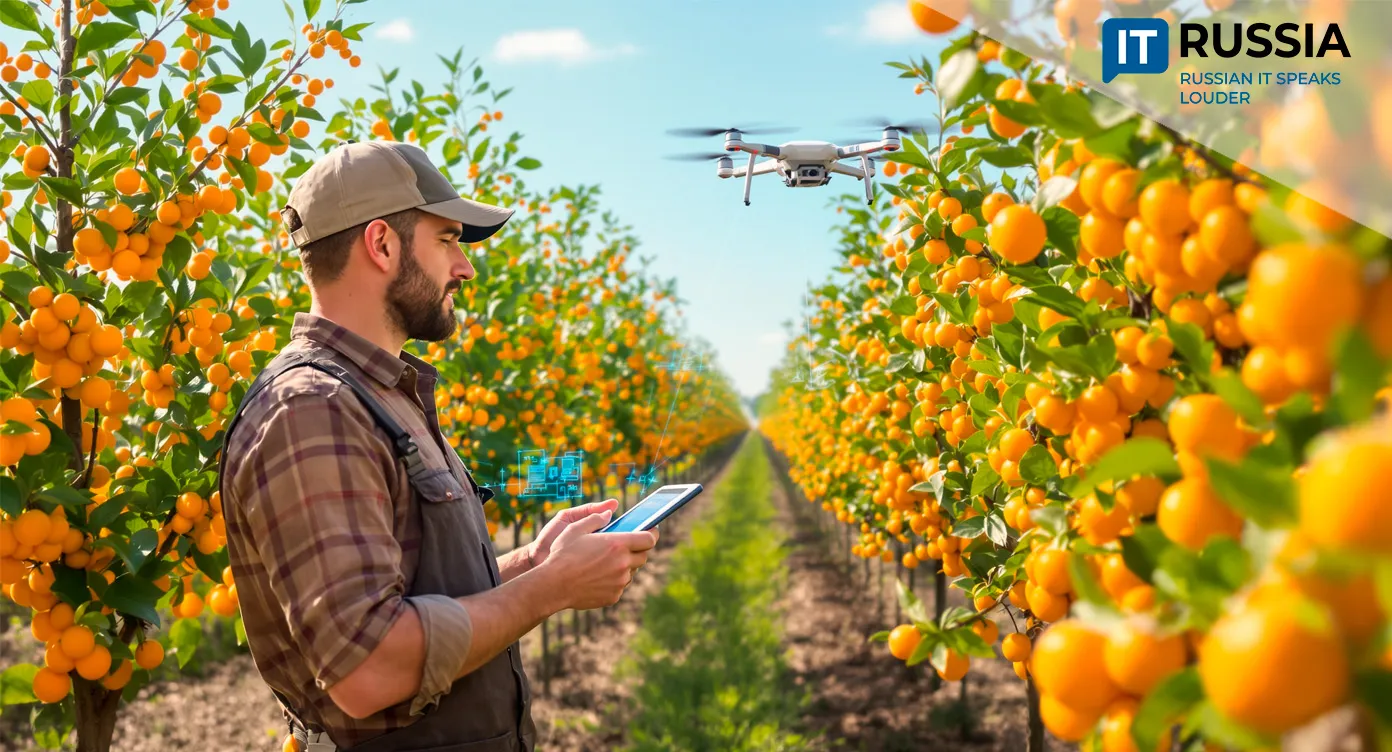
From Local Farm to Digital Project
Digital technologies in agriculture are often seen as the domain of large-scale enterprises with vast resources. However, farmer Andrey Plaksin from the village of Novoselskoye, Kaliningrad region, is proving that innovation pays off even for small farms.
In 2023, he launched his family farm and began building a sea buckthorn plantation. On eight hectares, he planted 5,500 two-year-old seedlings sourced from a nursery in Altai. According to the regional Ministry of Agriculture, Plaksin became a winner of the "AgroStartup" grant program and invested the funds into expanding his orchard using a high-density planting method — allowing up to 40,000 trees per hectare. To boost production, he purchased seven varieties of sea buckthorn known for their large berries and high yields.
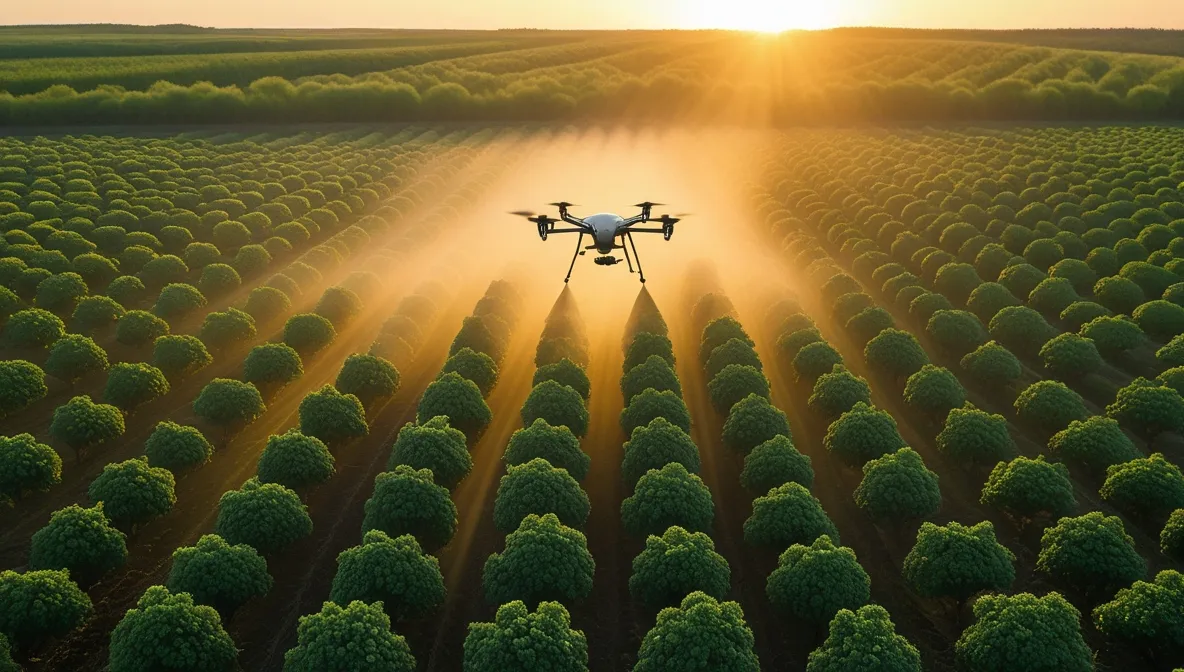
His long-term goal is to create an integrated complex for sea buckthorn cultivation under his brand, Yantarnaya Yagoda (Amber Berry).
Smart Farming with Drones and Data
To make the operation efficient, Plaksin is digitizing every stage of the process.
The first step was adopting an agricultural drone for spraying and monitoring, replacing manual labor with precision automation. Two workers need about six hours to spray the plantation — the drone completes the same task in just 40 minutes, increasing productivity nearly 18-fold while ensuring uniform coverage of each plant. Currently, the farm manages nine hectares, but by spring 2026, it plans to expand by three more. Managing such an area without drones will be impossible, Plaksin notes.
The next step is to integrate AI-based management systems so that key operations — from fertilization to pest control — can be performed autonomously. This approach increases profitability and sustainability, creating a model farm for smart agriculture in the region.
The farmer also plans to launch processing facilities in the Khrabrovo industrial park to produce sea buckthorn juice, oil, jam, and tea concentrate. Combined with seedling production, this will form a fully integrated agri-business ecosystem built on IoT and precision farming principles.
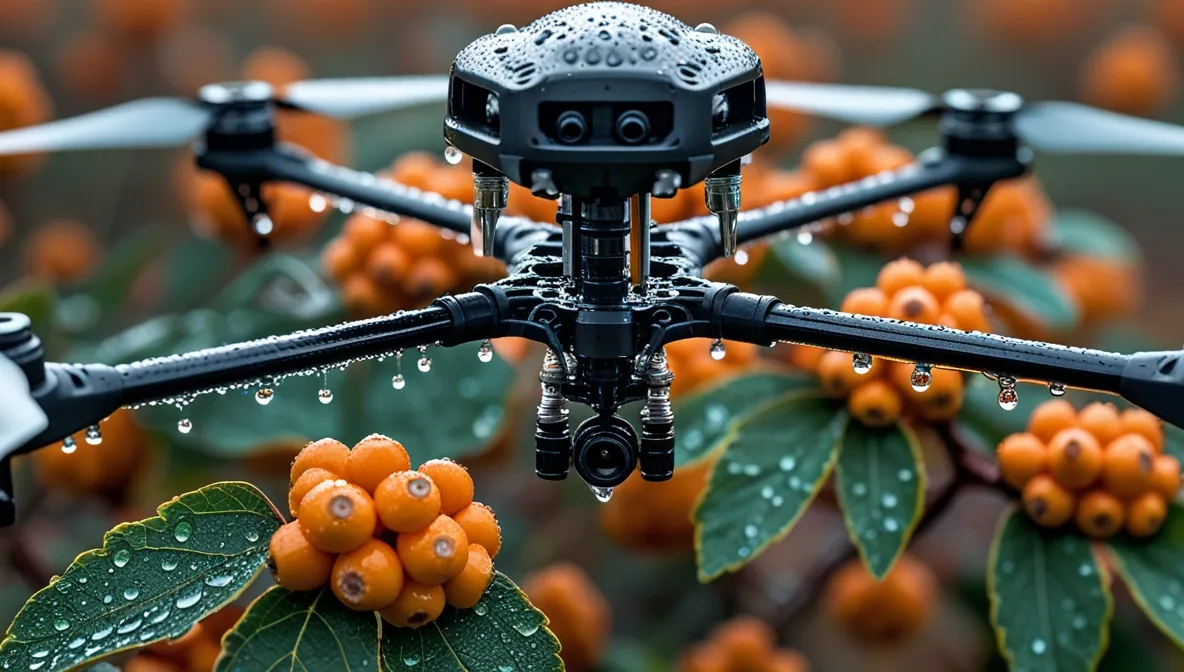
Scaling Up: A New Chapter for Russian AgTech
This project in the Kaliningrad region demonstrates that digital agriculture in Russia has entered a new stage — where even small regional farms are adopting drones and automation to achieve ambitious goals. It also opens a new niche for domestic agri-drone manufacturers.
Russian-made drones are now moving beyond crop monitoring into full agricultural operations such as fertilization, targeted spraying, and pest control. These technologies reduce chemical use, lower costs, and increase yields while improving environmental performance. The rising demand for AI-based analytics, field data processing, and precision agriculture services is creating new jobs and driving digital skills across rural areas.
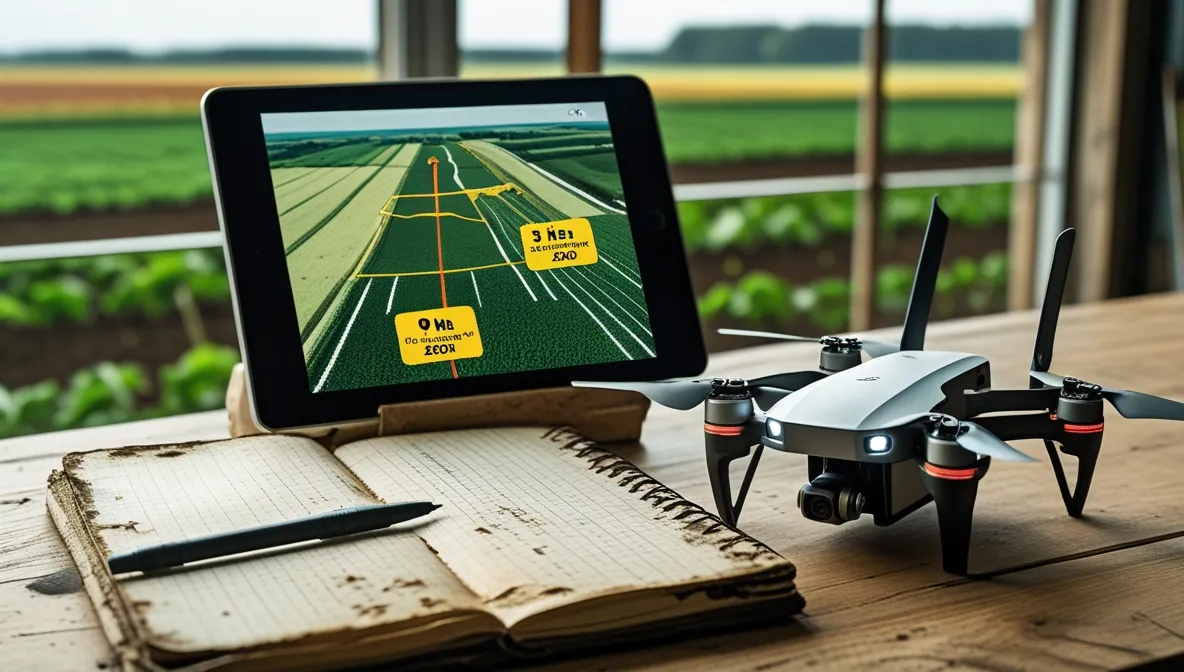
For farmers, this means higher productivity, better crop quality, and higher wages for workers. Once tested and refined, the sea buckthorn digital farming model could be replicated across Russia — and even exported. Sea buckthorn is widely cultivated in Europe and Asia, including China, India, and Pakistan, where demand often exceeds local production. Russia’s proven digital cultivation methods could become an attractive export product for these markets.









